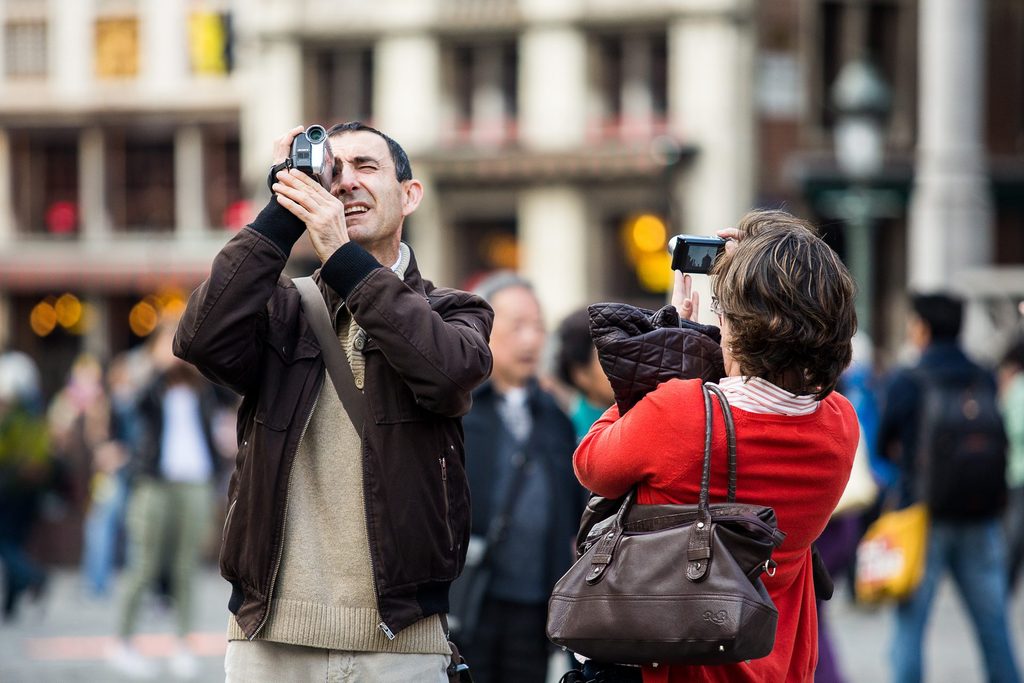Despite holidaymakers increasingly avoiding crowded destinations, over-tourism continues to pose a tangible threat to both local communities and the environment.
To combat over-tourism, stringent measures have been implemented across Europe this summer. Some measures included prohibitions on leisurely strolls through the picturesque Italian village of Portofino, mandatory reservations for access to select coves in Marseille, visitor quotas imposed on the ochre cathedrals of Rustrel and restrictions on islands like Bréhat in Brittany and Porquerolles in the Mediterranean.
Thailand has also been identified as a country that struggles severely with over-tourism. An analysis conducted by the Moneytransfers.com platform sheds light on astounding figures: Notably, the island of Phuket registers a staggering 118.5 tourists for every local inhabitant, followed by the bustling city of Pattaya (98.7 tourists per resident) and the island of Krabi (72.2 tourists per resident).
In Europe, Greece has the biggest over-tourism problem, with Heraklion on the island of Crete and the now-infamous Rhodes also making headlines this summer due to devastating fires. Rhodes also ranks fourth on the Holidu platform's list of the most visited cities worldwide based on figures from The Savvy Backpacker and AirMundo for 2019.
In Bruges
More locally, Bruges has been particularly impacted by over-tourism recently and has taken consequent measures to discourage tourists, including ceasing to promote day trips and limiting the number of cruise ships docking in Zeebrugge. Similar to Amsterdam, Bruges is employing "demarketing" strategies to alleviate some pressure.
But even lesser known places are struggling. In Durbuy, quotas have also been introduced to restrict tourist accommodations. Elsewhere, at Lake Bambois – a popular swimming site near Charleroi – the influx of day tourists strains local infrastructure, causing inconvenience to residents. Similarly, the Ninglinspo waterfall attracts a large number of tourists, resulting in parking issues and road safety concerns.
The problems caused by tourists in Belgium are a pressing issue. The tourism industry is considering various solutions, including promote lesser-known sites to distribute visitors more evenly.
Related News
- Brussels Days: Selling Belgian capital as tourist destination for Spaniards
- Venice to test access fee for day-trippers
- Belgium's Mini Harp Museum named best free tourist attraction in the world
Local authorities could also invest in improving transportation systems and infrastructure to better handle the influx of tourists. Promoting sustainable transportation options, such as public transportation, cycling and walking tours, would also help reduce traffic congestion and lessen the overall environmental impact.
Tourism sociologist Saskia Cousin points out in an article on COP27 that the concept of mass tourism encompasses multiple dimensions. It has also produced a caricature of working-class holiday practices and tourists converging on locations ill-equipped to accommodate them.

